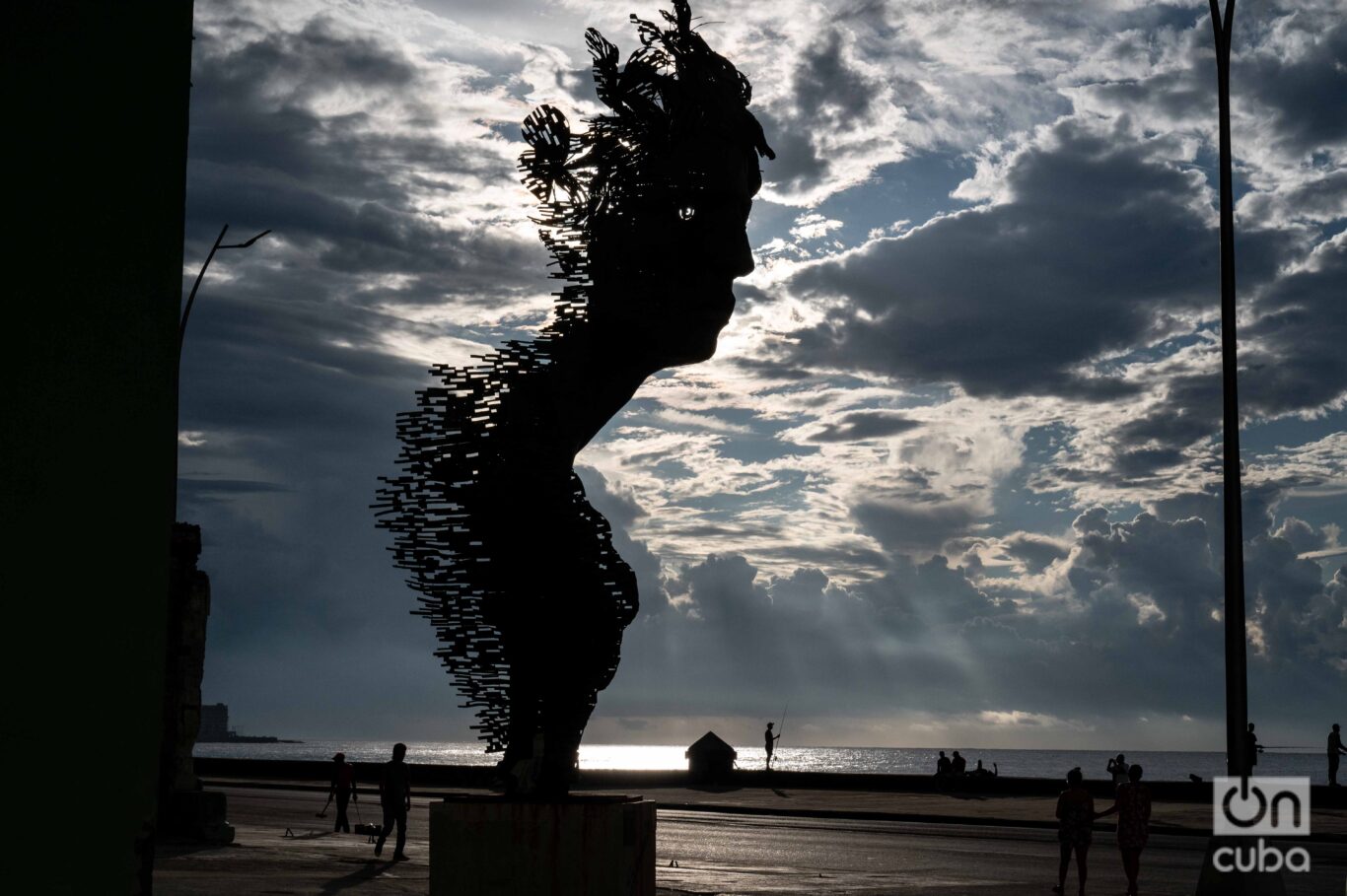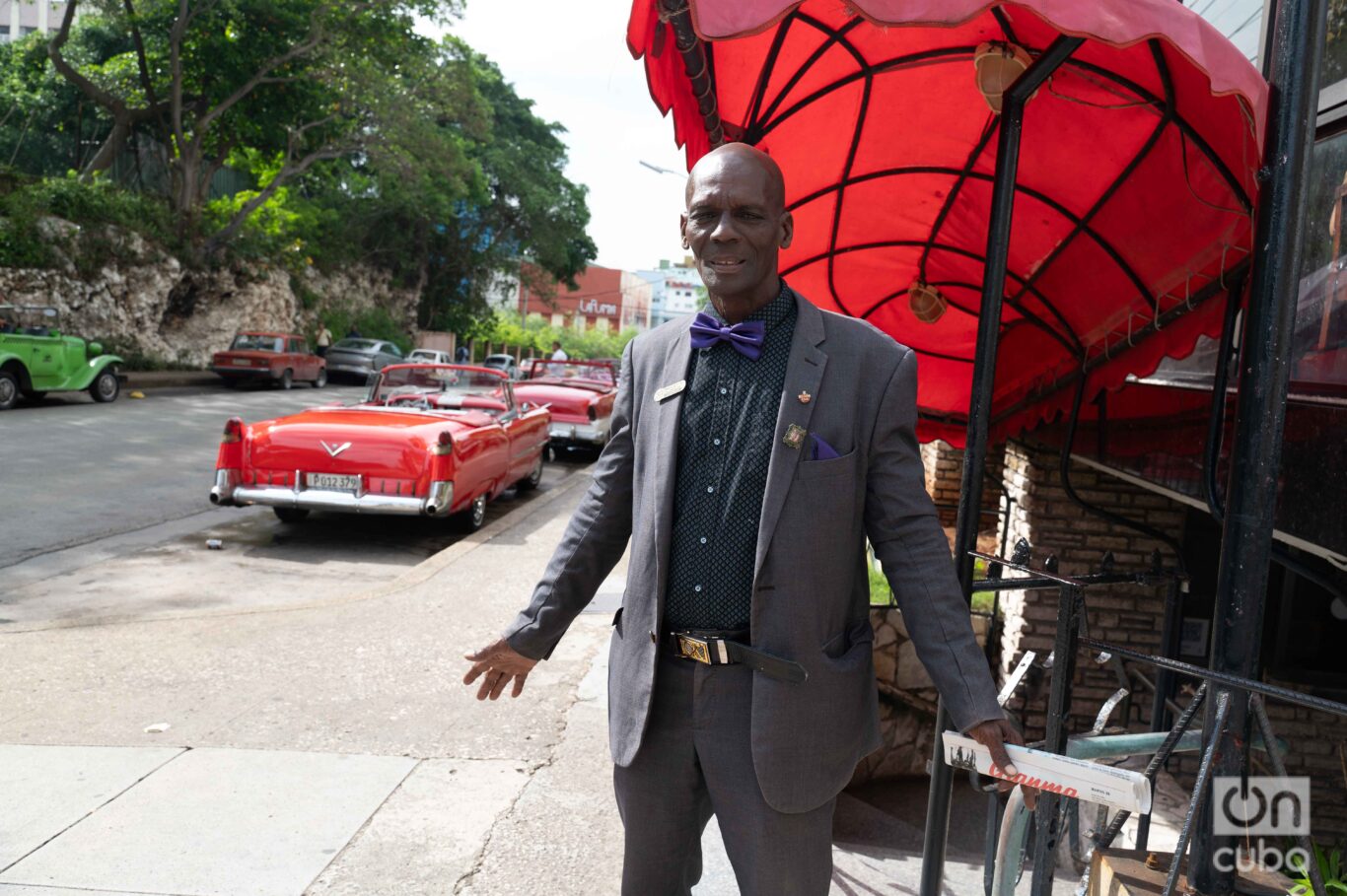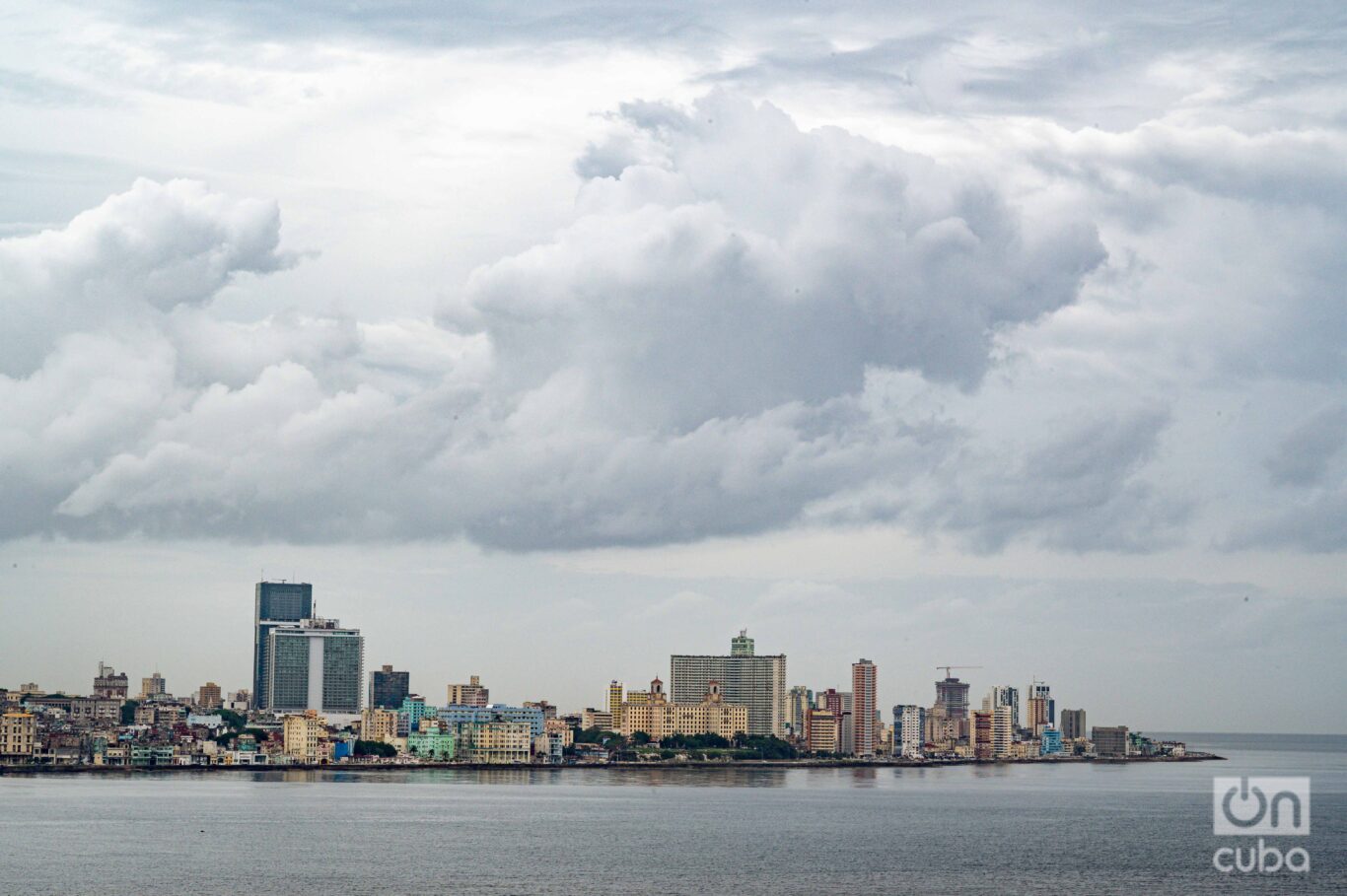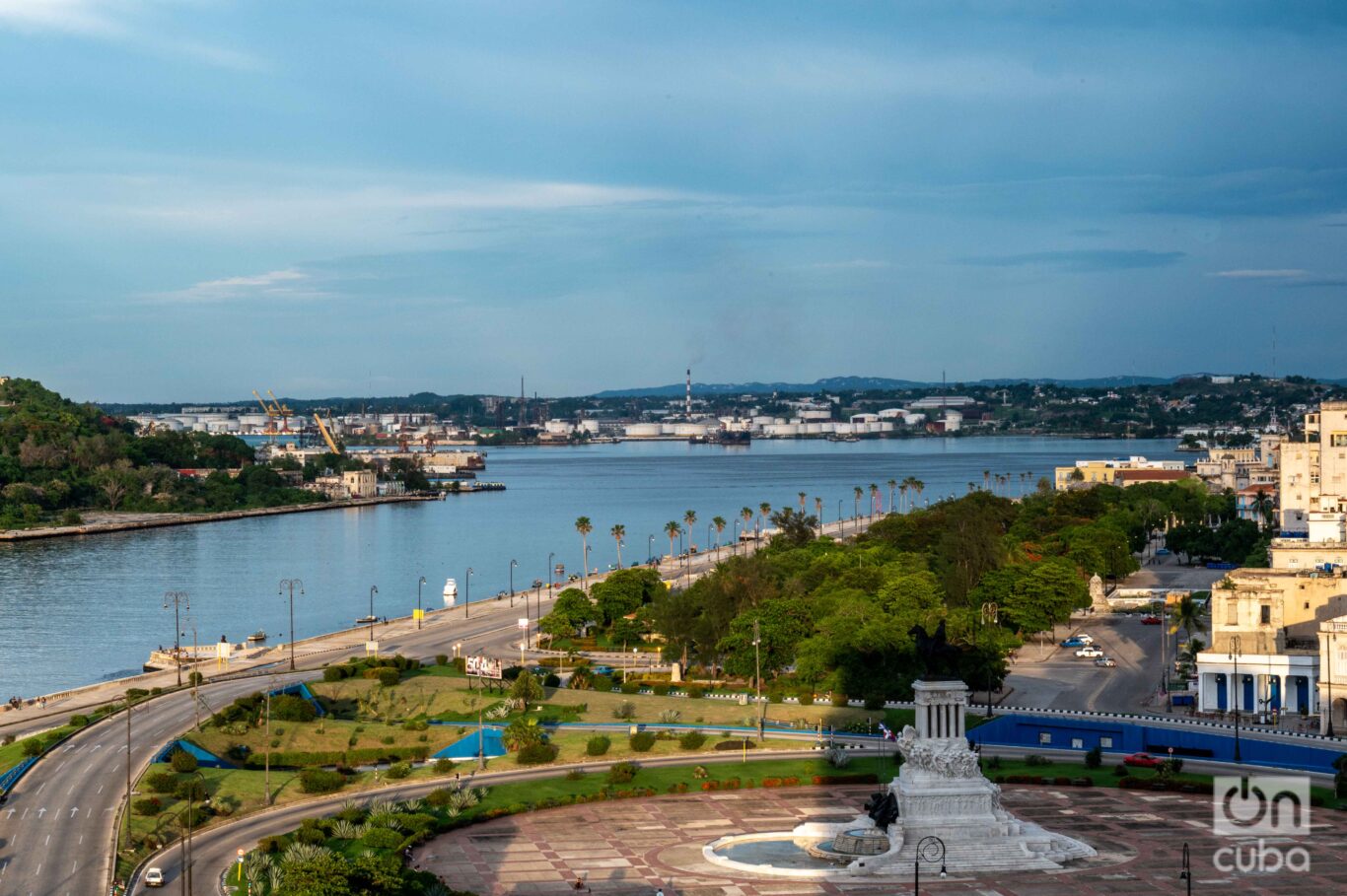Havana, a city where time seems to stop and be voracious at the same time, celebrates its 505th anniversary. It was on November 16, 1519 when, under the shade of a ceiba tree next to the port, the official life of this township began.


San Cristóbal de La Habana was not only a strategic enclave for Spanish colonial trade, but also the cradle of a melting pot of cultures that shaped the identity of a nation, from African and Spanish roots to the influences of the Caribbean and beyond.

Today, melancholy and vitality coexist in a delicate balance that turns the capital of all Cubans into an eternal sigh. The city continues to seduce with its charm, even under the weight of the centuries and the deterioration of much of its architecture.

It doesn’t matter what corner of the world we are in. There is a Havana imprint that sticks to the soul, an indelible mark that accompanies us. It is a trace made of faded but vibrant colors, the smell of saltpeter, melodies that emerge in its streets, stories on every corner and even the hustle and bustle of neighbors from balcony to balcony.


Among the countless songs and poems dedicated to the city, one of the most memorable is “Canto a La Habana” (Song to Havana), by Pablo Milanés. Included in his album Renacimiento (2013), the piece is a tribute full of pride for the city that one day welcomed him, after his arrival from his native Bayamo. That same city to which, as the singer-songwriter confesses in the song, he gave his life.

To the rhythmic beat of a guaguancó, Pablo draws a sound painting of the city, exalting its capacity to resist the passage of time and various adversities.



In one of the stanzas, the troubadour sums up the essence of the city: “Havana has a charm/that survives in its stubbornness,/of only silencing its tears/with its love and its joy.” These verses reflect the contradiction inherent to the Cuban capital: a city that, despite its visible wounds, vibrates with a unique energy, sustained by the warmth of its people.

We love that mix of fragility and strength that defines it. More than a foundation, we celebrate its existence, its infinite capacity to reinvent itself, to stay alive.

Song to Havana
Pablo Milanés
Havana opened its arms to me
and I gave it my life.
And even if I’m from the provinces
Havana is always my guide.
Clean and pretty as it was yesterday,
withered and faded as it is today.
Havana has a charm
that lives on in its stubbornness,
by only silencing its tears
with its love and its joy.
Havana will never surrender
to misery and loneliness.
In Havana I will die, here I will stay,
but how beautiful Havana is, how it was and how it is.
In Havana I will die, here I will stay,
Havana, Havana, Havana is what it is,
In Havana I will die, here I will stay.
Oh, Havana, with its columns, as Carpentier says,
still floods us with a beautiful glow.
It is an Athens with life, a multiplied Rome,
it is the most beautiful in the world, my idolized city.
Havana, eh! Havana, eh!
I’m staying in Havana and I’ll die here.
Havana, eh! Havana, eh!
But let them come to Havana and I’ll wait for them here.
Havana, eh! Havana, eh!
I love Havana, I fell in love with it.
Havana, eh! Havana, eh!
I love it as it was, I love it as it is.
Havana, eh! Havana, eh!
Havana, eh! Havana, eh!
Havana, eh! Havana, eh!
Havana, eh! Havana, eh!
I’m staying in Havana, I’ll die here.
Havana, eh! Havana, eh!
But let them come to Havana and I’ll wait for them here.
Havana, eh! Havana, eh!
I love it as it was, I love it as it is.
Havana, eh! Havana, eh!












